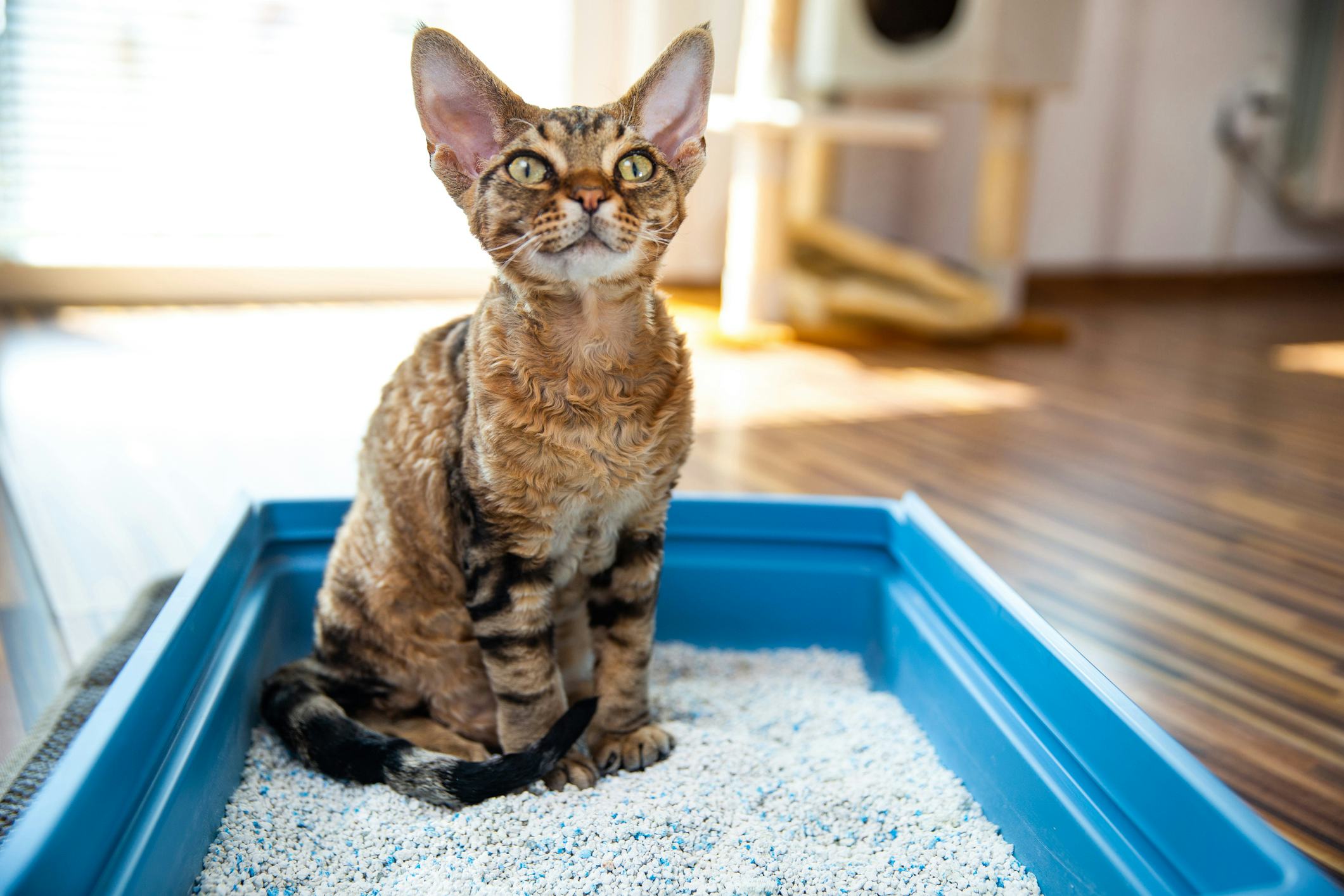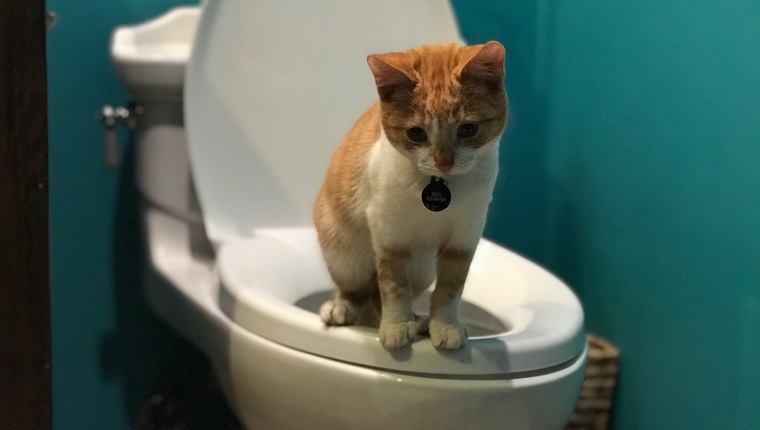What're your thoughts concerning Should you flush animal waste down the toilet?

When it involves taking care of waste, particularly animal waste, many people typically resort to the practical alternative of flushing it down the commode. However, this relatively very easy remedy can have serious repercussions for the environment and public health. In this article, we'll check out why flushing pet waste down the commode is a bad idea and supply alternative methods for correct disposal.
Intro
Proper garbage disposal is critical for preserving environmental sustainability and public health. While it may appear harmless to purge animal waste down the commode, it can bring about different problems, both for the environment and human wellness.
Dangers of flushing pet waste
Environmental effect
Flushing pet waste presents harmful bacteria and microorganisms into rivers, which can adversely influence aquatic communities. These microorganisms can pollute water sources and injury marine life, disrupting delicate environments.
Public health problems
Pet waste consists of dangerous bacteria such as E. coli and Salmonella, which can position major wellness risks to humans. Purging pet waste down the bathroom can pollute water supplies, bring about the spread of conditions and infections.
Alternatives to flushing
Rather than flushing animal waste down the bathroom, there are several different disposal approaches that are much more environmentally friendly and hygienic.
Composting
Composting animal waste is a green means to deal with it. By composting, organic matter is broken down right into nutrient-rich dirt, which can be used to fertilize gardens and plants.
Garbage dump disposal
Disposing of pet waste in a landfill is one more option. While not as environmentally friendly as composting, it is a much safer option to flushing, as it avoids the contamination of water sources.
Family pet waste disposal systems
There are specialized animal garbage disposal systems available that safely and hygienically throw away pet waste. These systems frequently utilize enzymes to break down waste and get rid of odors.
Actions to correct pet garbage disposal
To ensure proper disposal of animal waste, adhere to these steps:
Scooping and bagging waste
Consistently scoop and bag pet waste using naturally degradable bags. This protects against waste from contaminating the atmosphere.
Utilizing marked waste bins
Dispose of bagged pet waste in marked waste bins, such as garden compost bins or land fill bins. Prevent flushing it down the commode at all prices.
Cleaning up can and animal locations regularly
Consistently clean can and pet dog locations to avoid the accumulation of waste and germs. Use pet-safe cleansing products to preserve hygiene.
Benefits of correct disposal approaches
Embracing proper disposal techniques for animal waste provides numerous benefits:
Reduced environmental pollution
Correct disposal techniques lower the danger of environmental pollution, securing rivers and ecological communities from contamination
Reduced danger of water contamination.
By avoiding flushing pet waste down the bathroom, the threat of water contamination is significantly lowered, securing public health.
Improved sanitation and hygiene
Proper disposal approaches advertise far better cleanliness and health, developing a more secure atmosphere for both people and pets.
Final thought
Finally, purging pet waste down the toilet is hazardous to the setting and public health. By embracing different disposal methods and adhering to correct waste administration practices, we can lessen the adverse influence of pet waste and contribute to a cleaner, healthier planet.
What To Do With Dog Poo – The Do's And Don'ts Of Disposing Of Faeces
Dog poo bins
Some councils provide dedicated dog waste bins in popular dog-walking areas that can take dog poo that has been bagged but you can legally dispose of dog waste in any public litter bin, as long as it is securely bagged. This also applies to your wheelie bin at home.
Do not flush
Water companies do not recommend flushing dog faeces down the toilet because certain parasites can survive the water processing treatment and are potentially harmful to humans. You should also never consider flushing dog poo that has been bagged down the toilet as the bags will not break down and instead create severe blockages in the sewage system.
In the woods
The Forestry Commission promotes a ‘stick and flick’ method for dealing with waste in the woods. This means finding a stick and using it to flick any poo from off the path so that it is out of the way of other walkers. You could also bury it as long as it is not in an area where there might be livestock.
Livestock
Parasites found in dog poo can be transmitted to livestock if they inadvertently eat infected faeces that has been left on grazing land. This could result in the death of sheep or abortion in cattle so you should always make sure you pick up your dog’s waste in fields where livestock could be present.

Consistently clean can and pet dog locations to avoid the accumulation of waste and germs. Use pet-safe cleansing products to preserve hygiene.
Benefits of correct disposal approaches
Embracing proper disposal techniques for animal waste provides numerous benefits:
Reduced environmental pollution
Correct disposal techniques lower the danger of environmental pollution, securing rivers and ecological communities from contamination
Reduced danger of water contamination.
By avoiding flushing pet waste down the bathroom, the threat of water contamination is significantly lowered, securing public health.
Improved sanitation and hygiene
Proper disposal approaches advertise far better cleanliness and health, developing a more secure atmosphere for both people and pets.
Final thought
Finally, purging pet waste down the toilet is hazardous to the setting and public health. By embracing different disposal methods and adhering to correct waste administration practices, we can lessen the adverse influence of pet waste and contribute to a cleaner, healthier planet.
What To Do With Dog Poo – The Do's And Don'ts Of Disposing Of Faeces
Dog poo bins
Some councils provide dedicated dog waste bins in popular dog-walking areas that can take dog poo that has been bagged but you can legally dispose of dog waste in any public litter bin, as long as it is securely bagged. This also applies to your wheelie bin at home.
Do not flush
Water companies do not recommend flushing dog faeces down the toilet because certain parasites can survive the water processing treatment and are potentially harmful to humans. You should also never consider flushing dog poo that has been bagged down the toilet as the bags will not break down and instead create severe blockages in the sewage system.
In the woods
The Forestry Commission promotes a ‘stick and flick’ method for dealing with waste in the woods. This means finding a stick and using it to flick any poo from off the path so that it is out of the way of other walkers. You could also bury it as long as it is not in an area where there might be livestock.
Livestock
Parasites found in dog poo can be transmitted to livestock if they inadvertently eat infected faeces that has been left on grazing land. This could result in the death of sheep or abortion in cattle so you should always make sure you pick up your dog’s waste in fields where livestock could be present.

I hope you enjoyed reading our post on Don't Flush Your Pets Poo Down The Loo, Vet Warns. Thanks a ton for taking a few minutes to browse our blog. For those who appreciated our blog post kindly don't forget to pass it around. Many thanks for being here. Please check our website back soon.
Click